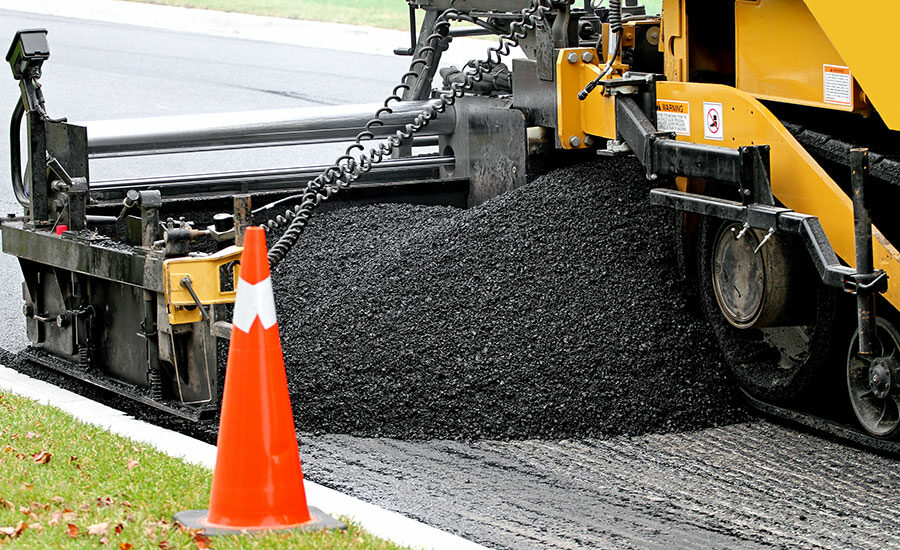
Minnesota Firm Pays $1.3M to Settle Claim Over Faked Asphalt Tests

A Minnesota construction and paving company has agreed to pay nearly $1.3 million to resolve allegations it knowingly falsified test results to make its paving material appear to be of higher quality than it was and submitted those falsified results to the state and federal governments in order to receive payment for paving projects in Minnesota.
The United States and the State of Minnesota alleged that between 2017 and 2022 Anderson Brothers Construction of Brainerd, Minn., routinely falsified the results of certain asphalt quality tests it was required to perform on its paving material. It allegedly submitted those results to state and federal governments, which resulted in it receiving financial incentives for better quality paving material and avoiding deductions for lower-quality material.
Of the nearly $1.3-million civil settlement, the federal government will receive $660,761 and the state of Minnesota will receive $634,849.
The allegations came to light after Kacie Dixon, a former bituminous mix technician at Anderson, filed a whistleblower lawsuit in 2022 claiming that the company had violated the False Claims Act, which prohibits knowingly submitting false or fraudulent claims to the government for payment. The state and federal governments then joined as plaintiffs.
In her lawsuit, Dixon said she observed and documented the “defendant’s failure to conduct appropriate tests on appropriate materials; knowing omission of inadequate results to appear passing; failure to rework sections known to be failing; allowance of substandard failing materials to be used to complete projects and obtainment of contract change orders on the basis of false information to cover up failing materials.”
The lawsuit specifies 25 projects, involving airports, highways, county roads, schools and streets that were done with falsified test results. It also states that Dixon recorded “dozens of conversations related to the defendants’ unlawful scheme” and that she reported falsification of test results to higher-ups in the company, but those reports “fell on deaf ears.”
In one case, for example, Dixon said an operations manager instructed her to to falsify a gradation test for a runway extension project at Detroit Lakes-Becker County Airport and that the manager also falsified numbers on the test core strips.
“If this airport were to be cored again, it would show that the so-called aggregate used for this project was in fact rock so soft it could be broken with a screw driver,” the lawsuit states in regard to the project that received a $12.8-million federal grant, a $200,000 state grant and $1 million each from Becker County and Detroit, Minn.
“Minnesotans expect their hard-earned tax dollars to go to things like roads, bridges, schools and public safety, not into the pockets of corrupt contractors,” state Attorney General Keith Ellison said in a news release. “My thanks go out to whistleblowers like Kacie Dixon who help us fight fraud and protect our public resources. Let this serve as yet another warning that I will not hesitate to civilly prosecute those who cheat the taxpayers of Minnesota.”
As part of the judgement, Anderson has also agreed to prohibit future test manipulation, provide employee training and implement a corporate code of ethics, a general corporate compliance program, and a quality assurance/quality control program to be overseen by a corporate compliance officer. It also has also entered into a compliance monitoring agreement with the Minnesota Dept. of Transportation.
Terry McFarlin, president and CEO of Anderson Brothers, said in a statement that Anderson Brothers “reached a no-fault agreement to resolve a governmental inquiry about its past test protocols.”
“We’re pleased to have resolved the government’s concerns about our past testing protocols through a no-fault agreement. It lets us avoid the time, distraction and expense of lengthy government litigation and instead focus on taking care of our customers,” he said.
He added that the affected work represented 0.5% of the value of the company’s projects at the time.
Post a Comment
You must be logged in to post a comment.





